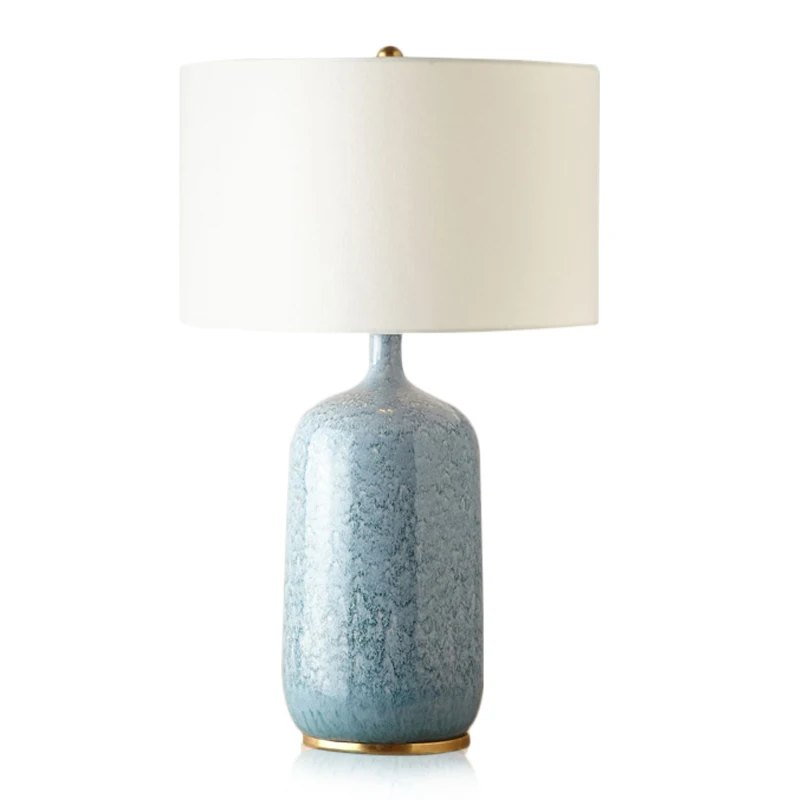
LEAFLETS
PRODUCTS
灯
From the flickering flame of a primitive oil lamp to the sleek, energy-efficient LED bulb illuminating our modern homes, the humble light has played an indispensable role in human civilization. Its impact extends far beyond simple illumination; it shapes our environments, influences our moods, and even dictates the rhythm of our daily lives. This exploration delves into the multifaceted world of light, examining its history, technology, design, and cultural significance.
A Brief History of Illumination
For millennia, humanity's quest for light was a struggle against the encroaching darkness. Early humans relied on natural light sources like the sun and moon, supplemented by fire, the first truly controllable source of illumination. The development of rudimentary oil lamps, using animal fat or plant oils, marked a significant step forward, offering portability and a more sustained light source. These early lamps, simple in design, played a vital role in social gatherings, religious ceremonies, and everyday tasks. The invention of candles, though later, similarly revolutionized domestic lighting, offering a cleaner and more convenient alternative. The transition from these relatively primitive sources to the gas lamps of the 19th century, and subsequently to electric lighting, represents a dramatic acceleration in the quest for brighter, more efficient, and safer illumination.
The invention of the incandescent light bulb by Thomas Edison in 1879 stands as a pivotal moment. This breakthrough ushered in the era of electric lighting, transforming homes, businesses, and cities across the globe. The readily available and relatively inexpensive electricity powered a revolution in social and economic life, extending working hours, improving safety, and fundamentally altering the way people lived and interacted.
The Science and Technology of Light
The physics behind light production is fascinatingly complex. The basic principle involves exciting electrons within a material, causing them to release energy in the form of photons, which are packets of light. Different methods achieve this excitation. Incandescent bulbs heat a filament until it glows, while fluorescent lamps use electricity to excite mercury vapor, producing ultraviolet light that then excites a phosphor coating to emit visible light. Halogen lamps improve upon incandescent bulbs by adding halogen gas, increasing efficiency and lifespan. LEDs, or light-emitting diodes, represent a significant advancement, using semiconductors to produce light with exceptional efficiency and long lifespan, making them the dominant lighting technology in the 21st century.
The ongoing development of lighting technology continues to push boundaries. Research into organic LEDs (OLEDs) and micro-LEDs promises even greater energy efficiency, improved color rendering, and flexibility in design. Furthermore, the integration of smart technology allows for remote control, customizable light settings, and energy-saving features. The future of lighting is likely to be even more sophisticated, with potential applications in areas such as advanced medical imaging and high-speed data transmission.
The Design and Aesthetics of Lighting
Beyond the purely functional aspects, lighting plays a crucial role in shaping the ambiance and aesthetic appeal of a space. From the delicate glow of a bedside lamp to the dramatic illumination of a museum exhibit, the design of lighting fixtures is as much an art as it is a science. The choice of materials, the shape and form of the fixture, and the color temperature of the light all contribute to the overall effect. A simple pendant light can create a focal point in a room, while strategically placed recessed lights can enhance architectural details.
The rise of minimalist design has led to a preference for clean lines and understated elegance in lighting fixtures. However, decorative lighting continues to thrive, with elaborate chandeliers and ornate lamps adding a touch of luxury and personality to interiors. The diversity of styles reflects the wide range of tastes and preferences, ensuring that there is a perfect lighting solution for every space and every individual.
The Cultural Significance of Light
Throughout history, light has held profound cultural and symbolic significance. Across numerous cultures, light has been associated with hope, knowledge, and divinity. In many religions, light symbolizes enlightenment, spiritual awakening, and the triumph of good over evil. Festivals of light, such as Diwali in India and Hanukkah in Judaism, celebrate the victory of light over darkness, emphasizing the importance of light as a symbol of hope and renewal.
The use of light in art, architecture, and design has evolved significantly over time. From the dramatic chiaroscuro effects in Baroque paintings to the use of neon lights in contemporary art installations, light has been a powerful tool for artists to express their ideas and evoke emotions. The way we use and perceive light reveals much about our cultural values and aesthetic sensibilities, further emphasizing its importance as a fundamental aspect of our world.
The Future of Lighting
The future of lighting is bright, promising innovation across multiple fronts. Sustainability is a key driver, with a continued focus on energy-efficient technologies like LEDs and the exploration of renewable energy sources to power lighting systems. Smart lighting systems, incorporating features like automated control, personalized settings, and integration with other smart home devices, are becoming increasingly prevalent. Beyond simple illumination, lighting technology is also being integrated into other applications, such as horticulture, where specialized lighting systems optimize plant growth, and healthcare, where light therapy is used to treat various conditions.
The continued miniaturization and improved efficiency of light sources will lead to new and exciting possibilities. Imagine buildings that adapt their lighting dynamically based on occupancy and natural light availability, or wearable technology that provides personalized illumination. The evolution of lighting technology is an ongoing process, continuously shaping the way we interact with our environment and enriching our lives in countless ways.
SUBSCRIBE
INQUIRY










